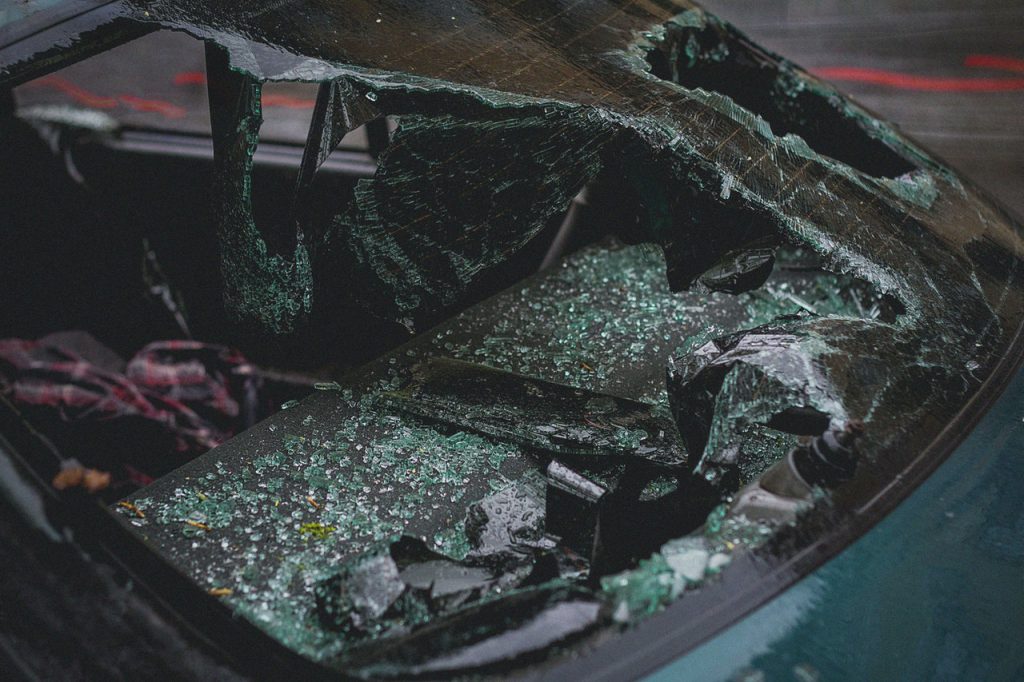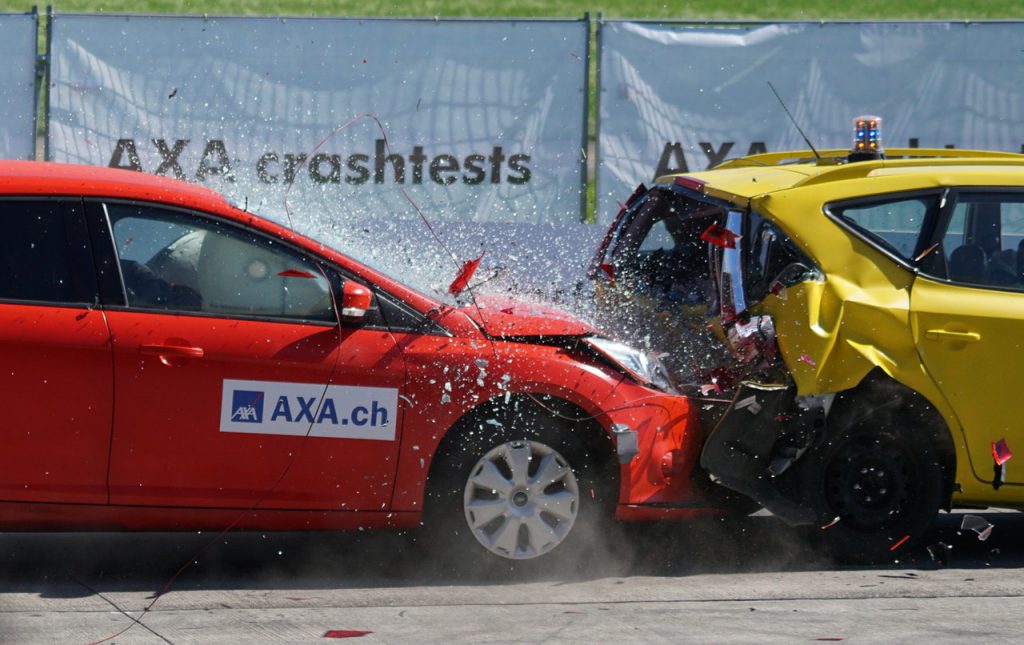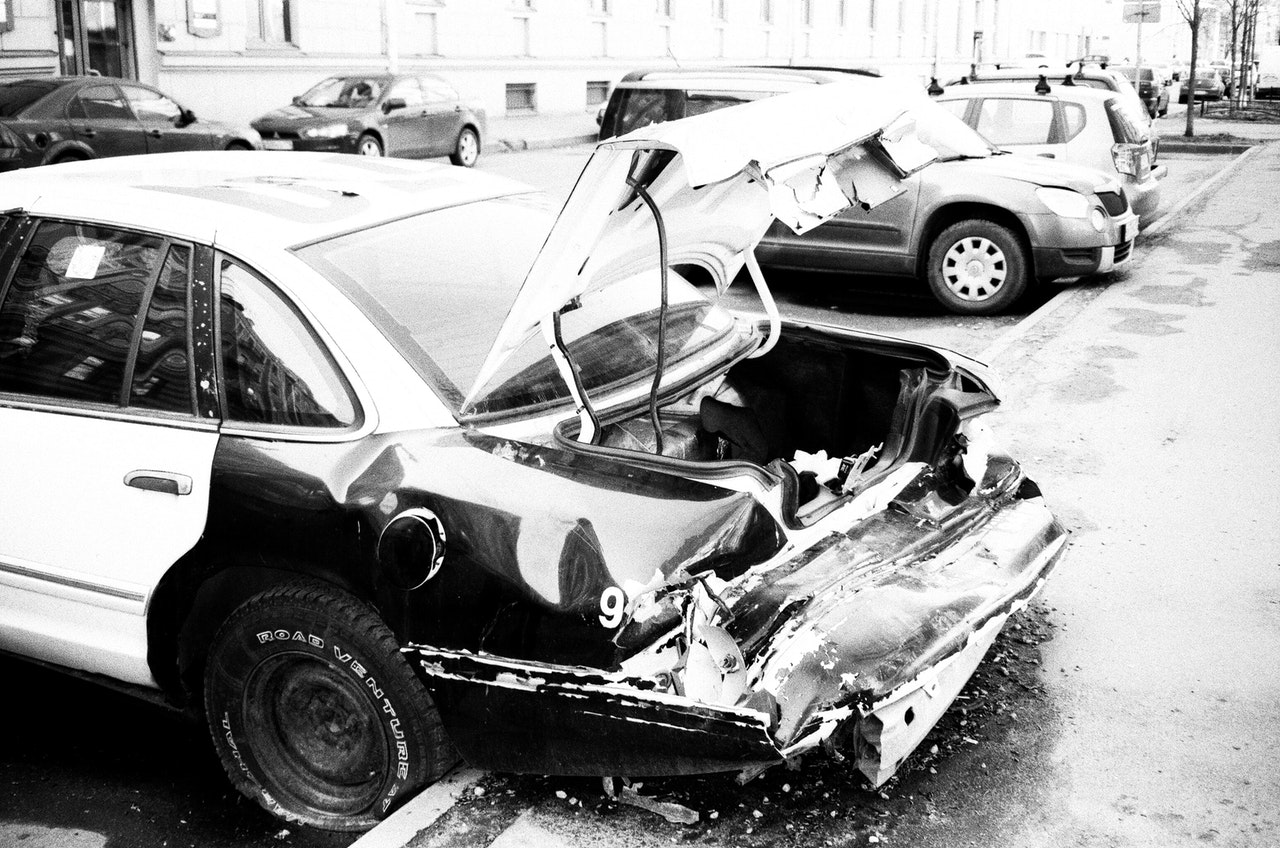WIth technology nowadays, cars become a much safer vehicle each year, and it can be proved from the declining fatality rates. However, car crashes are still one of the most causes of injury and death not only in the United States but also in the world. For that reason, crash test dummies were born. We are not talking about the subject of cartoons, parodies or public service announcements. The real crash test dummies, the life-savers as well as a car part of automotive crash tests, are the ones we mentioned.
It is the truth that cars have been getting much safer is due to a well-established crashing test. So if you are new car owners and have no idea about crash testing, you come to the right place. In this article, our car experts will explain thoroughly about automotive crash testing. This includes the definition of crash test programs, dummies, ratings as well as the improvements in the future. After this, drivers will surely be amazed at the preparation and thought in order to make cars safe.
Contents
Definition of Crash Test Dummies
In order to know how crash testing works, we need to know the main character of this test: The crash test dummy. The dummy has a duty to simulate a human being during the crash, as well as collecting data from the impact. This data, of course, cannot be collected from a human occupant.
The dummies have many sizes, divided by gender, body shape, and percentile. To be more specific, the average male drives will have the fiftieth-percentile male dummy, which is smaller than half the male population and bigger than the rest. And if you are wondering about the data of this dummy, it has 1.78m (70 inches or 5 ft 10 inches) in height and 77kg (170lbs) weight. This is also the most commonly used dummy in crash testing.

In the United States, the Hybrid III Dummy is the favorite actor. It appears in all frontal crash tests of this country due to the consistent results. With the materials that mimic the physiology of the human body like a spine made from alternating layers of rubber pads and metal discs, a dummy can provide the best result. There are many types of dummies, yet they all share these three types of instrumentation:
Motion Sensors
These sensors are installed in the chest of the dummy. With the purpose of measuring how much the chest deflects during a crash, this is one of the most essential parts of the dummy.
When a crash happens, a scan shows the deflection of the driver’s chest. Depending on the number, scientists can calculate the impact as well as the damage. For example, if the driver’s chest is compressed around 46mm (2 inches), the driver is injured and painful, yet it is probably not fatal.
Accelerometers
The following part is the accelerometer, which is used in order to measure the acceleration in a certain direction. In case you are not familiar with the term acceleration, it is the rate at which speed changes. For that reason, this dummy’s part is very useful in terms of determining the injury probability.
Let’s take your head as an example: The speed of your head will determine the probability of injury. If the speed of your head changes quickly, it can be hurt. But if the changing speed of your head is slow, it might not be hurtful.
Scientists set up the accelerometers everywhere on the crash-test dummy. From chest, legs, feet, pelvis to other parts of the dummy body. There is also an accelerometer inside the head of the dummy serving the purpose of measuring the acceleration in three different ways. These include left-right, up-down and fore-aft. And based on the acceleration of the head during the crash, the machine can calculate the way the head moves during the crash as well as the impact.
Load Sensors
Last but certainly not least, the load sensors. They have the task of measuring the force amount on different body parts during a car crash. Scientists install them inside the dummy for that job.
With the data received from load sensors, the scientists can calculate the maximum load in the bones, as well as the probability of them breaking.
An Actual Crash Test
Based on NHTSA ( National Highway Traffic Safety Administration), there are two main types of crash tests: 35-mph frontal impact and 35-mph side impact.
The front impact test is when the car runs straight into a concrete barrier at 35 mph (56 kph). This is the same when a car moving at 35 mph hits another vehicle with the same weight and same moving speed.
SEE MORE
On the other hand, the 35-mph side impact is a 1368 kg sled with a thing called a “bumper” running into the side of the test automobile. Not to mention, the tires of the sled are angled. The purpose of this test is to simulate a situation when a vehicle is crossing an intersection and being hit by another vehicle running a red light.
In order to perform both of these tests, we need to prepare first.
Crash Test Painting
Scientists paint the crash-test dummies before placing them in the driver’s seat. With different colors of paints applying to the parts of the dummies’ bodies, scientists and researchers can spot and mark places where they are most likely to hit during an accident. Those spots are usually the dummy’s face, knees and feets. The areas of the skull are also painted with a different color.
To be more precise, the left knee, where usually hit the steering column, will be painted red. Along with that, the blue paint is used for the face of the dummy, which is smeared on the airbag. If there is a significantly large acceleration in the data from the accelerometers, the paint marks in the car will tell which part of the body hit what part of the automobile inside the cabin. This is the main task of the accelerometers in the head of the dummy.
Thanks for that, scientists can improve the car instead in order to avoid that type of injury in future accidents.
Setup the Automobile
With all the paintings finished and the dummies were in position, the car was ready to crash. But before that, scientists add ballast to the car. The purpose of the ballast is to equalize the crash-test car’s weight and the distribution of that weight to that of a fully loaded automobile. Along with that, scientists also add a speed sensor to the car and position it in the way that it will pass through a pickup just as the car hits the barrier.
Usually, there are 15 high-speed cameras to shoot around 1000 frames each second. There are some under the car pointed upward as well. After that, we will pull the car back away from the barrier, down the runway to prepare for the crashing. Scientists have a pulley mounted in a truck to do the job. With all the preparations, the car only takes 0.1 seconds to hit the barrier with the speed of 35 mph.
After the crash, the researchers will see the results to analyze and calculate.
The “Ideal” Crash
Of course, the perfect crash would be no crash at all. However, we are discussing the situation where you are definitely going to crash, and that you want the best possible chances of survival. Then, how can we deliver the smoothest crash possible, with all the help of the safety systems on your vehicle?
In order to answer this topic, kinetic energy is the key factor to survive a crash. When your body is moving at 56 kph (35mph), it has a certain amount of kinetic energy. After the crash which makes you come to a complete stop, there will be zero kinetic energy on you. And in order to minimize risk of injury, the best way is to reduce kinetic energy as evenly and slowly as possible. And the safety systems will help you to do that. In the best case scenario, there will be force limiters as well as seatbelt pretensioners in your vehicle.
Their job is to tighten up the seatbelts as soon as your car hits the barrier, but before the airbag deploys. The seatbelt can then absorb your energy as you move forward towards the airbag. After that, the force in the seatbelt holding the driver back would start to hurt, so the force limiters kick in right away to reduce this force. All of these happen in milliseconds.
Following that, the airbag deploys and absorbs some more of the forward motion, while also protecting you from hitting the front. However, this does not work if you did not wear the seatbelt. The accident then will be much more hurtful when you slam into the airbag.
Background Information
In recent years, the development of the car industry has significantly increased. Automobiles have gotten so much safer. And a reason for this is a selling point in new vehicles. To be more specific, drivers seek out and buy safer cars by themselves. And to satisfy the customer’s needs, the NHTSA performs many crash tests in order to improve the car’s safety. In fact, car manufacturers crash automobiles every year themselves. They want the new cars to meet the FMVSS, also known as Federal Motor Vehicle Safety Standards. These rules cover everything that a safe vehicle needs, and carmakers must make sure that if their vehicles go to any dealer in the United States, they will pass all the required tests. And in order to do that, scientists and researchers crash around 70 to 100 vehicles.
In order to challenge the carmakers even more, as well as provide safety for future drivers, the NHTSA began their New Car Assessment Program (NCAP). In order to serve the first two tasks, along with providing valuable information to consumers buying automobiles, the NCAP set the stable speed requirement: 35 mph.
Future Safety Improvements
In the past, airbags were quite rare. Nowadays, car manufacturers install them almost everywhere inside cars. And if they help keep your body safe from hitting hard objects during a crash, they are doing an excellent job. However, there is always room for improvement, and the aim for future safety equipment is to make them smarter.

Smart airbags are the clearest example. They can deploy with different pressures and speeds. These depend on seating position, weight as well as on the intensity of the crash. However, this deployment of airbags might cause serious damage and even death to passengers. The new technology of the air bag system is created in order to reduce this possible risk of the air bag itself. We hope to see the development of seatbelts in the future as well. To be more specific, the seatbelt can sense the position of occupants and the weight in order to adjust the tension as well as maximum force accordingly.
Along with the specific car safety equipment, scientists also aim to design a much smarter,safer automobile regarding the safety of drivers and passengers. And in order to do that, various crash testing must be performed.



